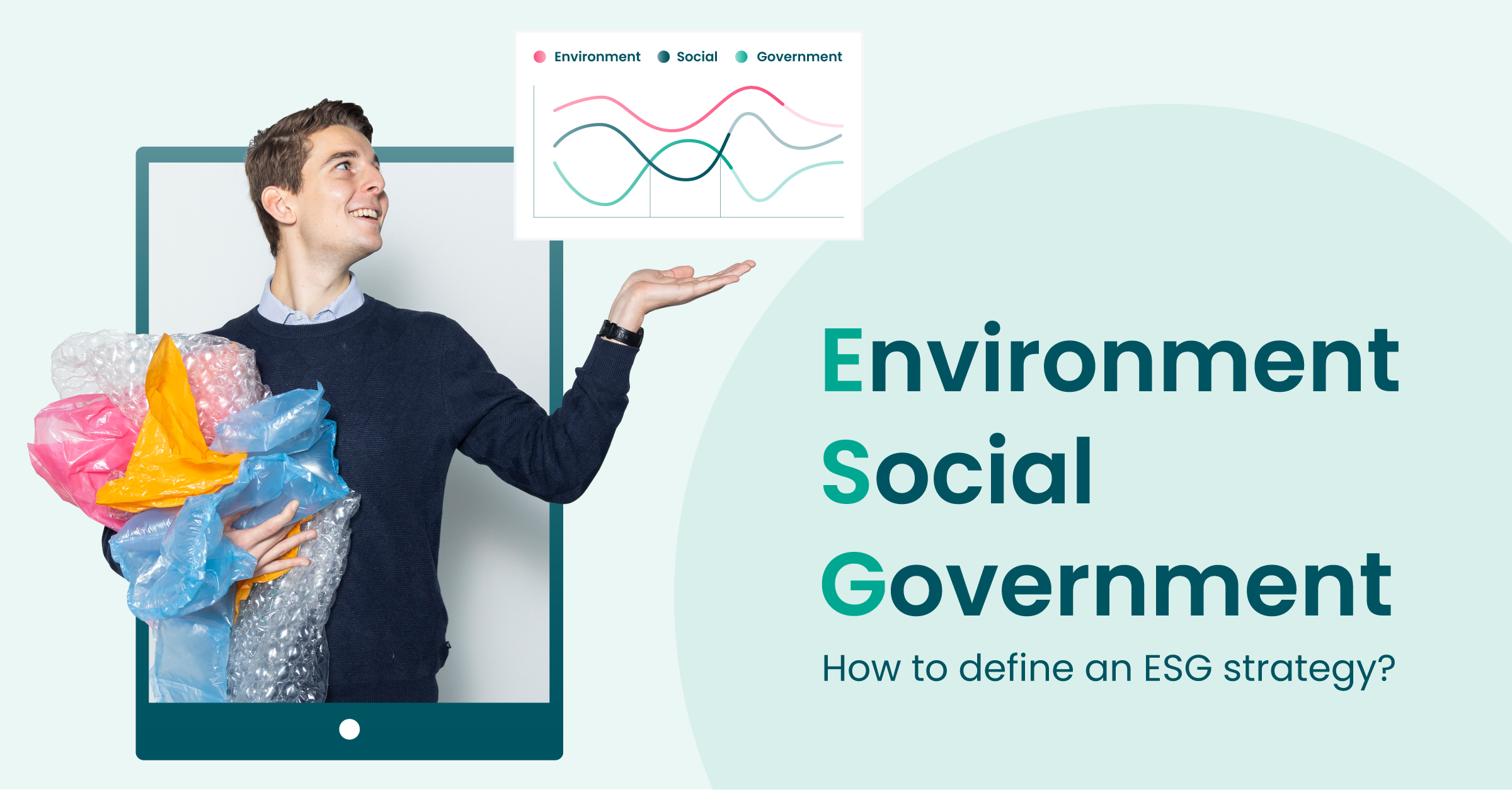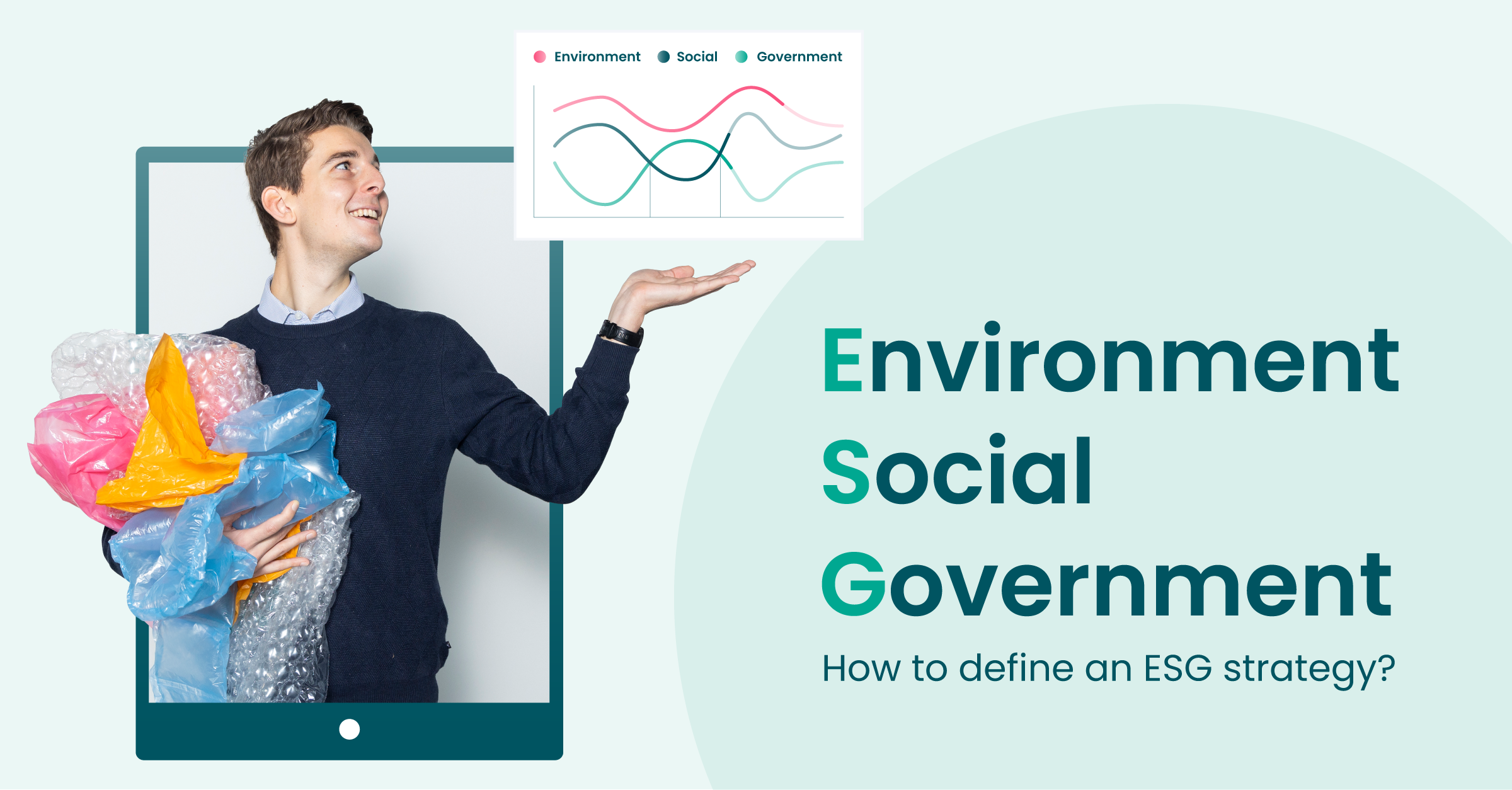All you need to know about sustainability reporting - part 4
You might have heard something or maybe a lot already about impact reporting, ESG, CSRD, GRI, GHG, and many more abbreviations and complex terminology around non-financial reporting and reducing the negative impact of a company. So what is all of this about?
In this fourth and final part of our four-part blog series, we are going to answer some of these questions for you!
How to define an ESG strategy?
1. Which reporting standard to use?
There are a few reporting standards that are most widely used by companies. See above for an explanation of commonly used standards. The scope you want to report on, your industry, and the regulations that apply to your company will define the standards you can best use for your sustainability reporting.
2. Define what are material topics in your company
When developing a sustainability strategy it is important to determine which topics are material to your company. This means that you are defining the topics which are most important to your business. Based on these topics you can measure and set targets for these topics.
There are two types of materiality:
- Single materiality
Single materiality is an approach used in sustainability reporting where companies focus on disclosing information about topics that are financially important to their business. It means they prioritise sharing information on sustainability issues that have a direct impact on their financial performance or are significant for their operations. Single materiality takes an outside-in approach. - Double materiality
This method takes an inside-out (what effect company practices have on society and the environment) and an outside-in (what effect sustainability issues have on the company) perspective. It is mandatory for companies that fall within the scope of the CSRD to include a double materiality assessment in the report. For more information on how to perform a double materiality assessment, see this blog.
3. Measure your impact on the material topics
To measure the impact on the material topics, a company can perform an impact analyses. The goal of this analyses is to assess the negative and positive effects of a company on the material topics. The analyses involves steps like data gathering and translating this data into metrics that are used to express the impact on ESG topics like greenhouse gas emissions, eco-costs, diversity numbers, etc.
In order to measure the impact of your products, processes, or services you can perform a Life Cycle Assessment (LCA). An LCA is a method to assess the environmental impact throughout the entire life cycle, from material extraction to ultimately the recycling or waste disposal at the end of life. By quantifying factors like the use of resources, energy consumption, and emission an LCA calculates the environmental impact of the analysed product, process, or service.
4. Setting targets and goals for material topics
Now that you have determined what the material topics are and what reporting framework you will use, it is time to set objectives, targets, and goals for the material topics. The terminology is as follows:
- Targets: sustainability targets express a specific, measurable, time-bound, and often science-based objective. Targets contribute to the sustainability goal(s). Example: Use 30% less materials that end up in residual waste by 2030
- Goals: sustainability goals are ambitious, specific, and actionable commitments that are overarching targets. Thus, targets support goals. Example: reduce residual waste by 50% in 2050.
A commonly used framework to set targets for your greenhouse gas emissions is the Science Based Targets initiative (SBTi). The SBTi is a collaborative effort by various organisations to help companies set climate targets that align with scientific evidence and the goals of the Paris Agreement. Companies that join the initiative commit to setting greenhouse gas reduction targets that are scientifically grounded and need to align with what the latest climate science deems necessary to meet the goals of the Paris Agreement – limiting global warming to well below 2°C above pre-industrial levels and pursuing efforts to limit warming to 1.5°C. By setting science-based targets, companies can contribute to global climate action and ensure their efforts are consistent with the latest scientific knowledge and international climate goals. To start setting targets linked to your (double) materiality assessment, visit the Science Based Targets Initiative (SBTi) website.
Another important and commonly used framework to base your targets and goals on, are the Sustainable Development Goals (SDGs). These 17 goals were set in 2015 by the members of the United Nations to achieve sustainable development in 2030. Goals range from no poverty, decent work, and economic growth to responsible consumption and production. For more information on the SDGs, visit this website.
The United Nations Global Compact (UNGC) Principles are another widely used framework for strategic target and goal setting. These 10 Principles are based on multiple important documents such as the Universal Declaration of Human Rights and the United Nations Convention Against Corruption. The Principles are constructed around 4 topics: 1) human rights, 2) labor, 3) environment, and 4) anti-corruption. For more information on the UNGC Principles, visit this website.
5. Communicating your ESG performance
When communicating your ESG performance, for example in an impact report, ensure that you are meeting the regulations that apply to your company and that you are transparent to avoid greenwashing. Being transparent about your sustainability information provides multiple advantages.
- First, transparency is obligated by law. For example, the CSRD obligates that the sustainability information should be part of the management report and should be made available digitally.
- Second, customers value and trust transparent companies more even if they are not performing perfectly yet.
- Third, investors make their investment decisions based on the information a company provides. Thus, this should be transparent and correct.





